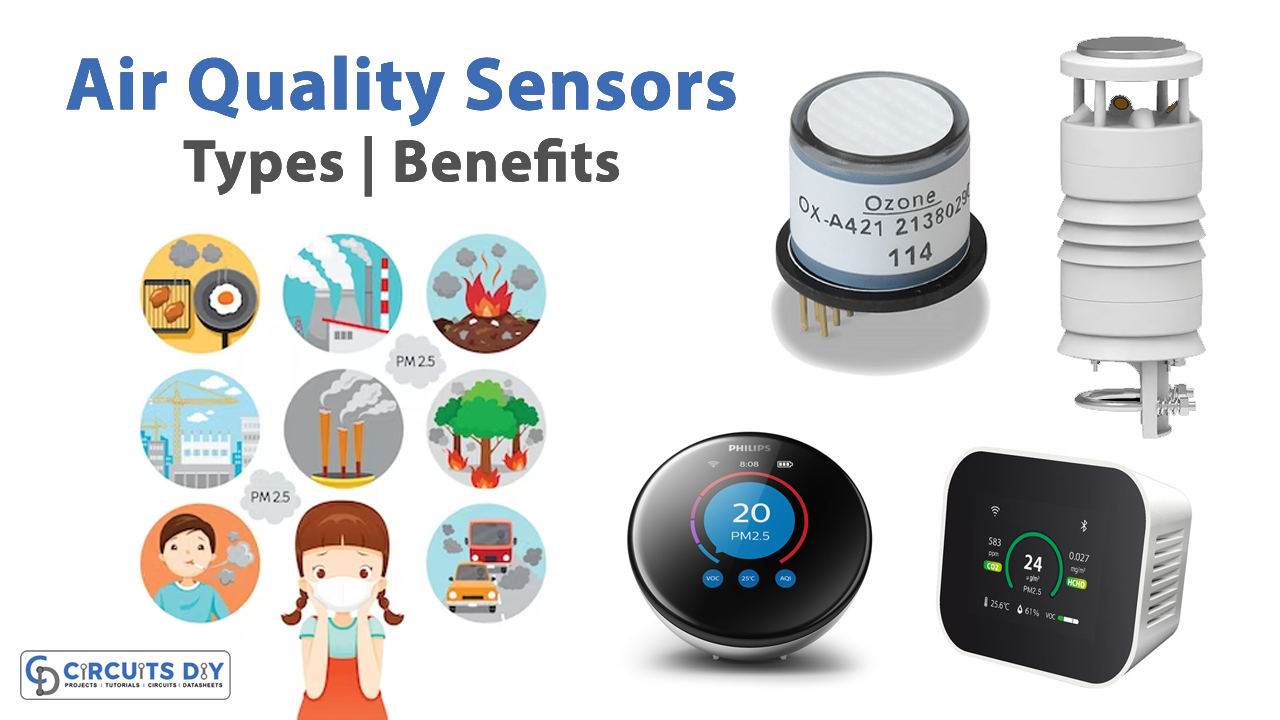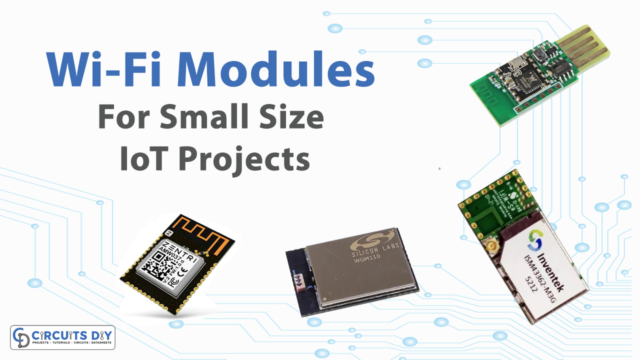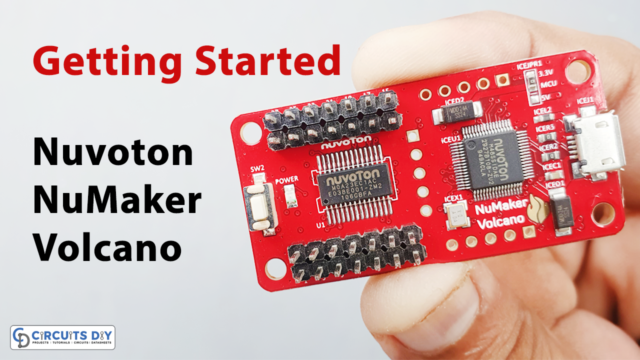In an age where urbanization and industrialization continue to expand, the quality of the air we breathe has become an increasingly pressing concern. Poor air quality poses a significant threat to public health, contributing to a range of respiratory and cardiovascular ailments. To address this challenge, the advent of air quality sensors has emerged as a crucial technological advancement offering valuable insights into our environmental health
What is an Air Quality Sensor?
Air quality sensors, also known as air pollution sensors or atmospheric sensors, are devices designed to detect and quantify various air pollutants present in the atmosphere. These pollutants can encompass particulate matter (PM), volatile organic compounds (VOCs), carbon monoxide (CO), nitrogen oxides (NOx), sulfur dioxide (SO2), ozone (O3), and more. These sensors utilize different mechanisms such as optical, electrochemical, and laser-based technologies to measure and analyze the concentration levels of these pollutants.
Benefits
The widespread deployment of these sensors across cities, industries, residences, and even personal devices has revolutionized our ability to monitor air quality in real time. These devices offer numerous benefits:
Health Protection:
By providing real-time data on pollutant levels, air quality sensors empower individuals and authorities to take immediate actions to minimize exposure to harmful pollutants. This proactive approach can significantly reduce the risk of respiratory illnesses and other health issues caused by poor air quality.
Environmental Monitoring:
Monitoring air quality is not only crucial for human health but also for the health of the environment. These sensors aid in understanding the impact of human activities on the ecosystem, helping policymakers devise effective strategies for environmental conservation.
Data-Driven Decision Making:
With the collection of vast amounts of data, governments, urban planners, and researchers can make informed decisions regarding city planning, traffic management, industrial regulations, and public health interventions.
Accessibility and Affordability:
Advancements in sensor technology have led to the development of cost-effective and portable devices, making it feasible for individuals and communities to monitor air quality at a local level.
Types of Air Quality Sensors
Air quality sensors come in various types, each employing distinct technologies and methodologies to measure different pollutants present in the air. These sensors play a vital role in monitoring air quality by detecting various pollutants accurately. Some of the commonly used types of air quality sensors include:
- Particulate Matter (PM) Sensors: These sensors measure the concentration of particulate matter suspended in the air, categorized by size (PM1, PM2.5, PM10). They utilize laser-based or optical methods to detect and quantify particles present in the atmosphere. PM sensors are crucial in assessing the level of airborne particles that can penetrate the respiratory system and cause health issues.
- Gas Sensors:
- Carbon Monoxide (CO) Sensors: They detect and measure the presence of carbon monoxide, a colorless and odorless gas produced by incomplete combustion of carbon-based fuels. Electrochemical sensors are commonly used to detect CO levels in the air.
- Nitrogen Oxides (NOx) Sensors: These sensors measure the concentration of nitrogen oxides in the atmosphere, which are primarily emitted from vehicle exhaust and industrial processes. They employ chemiluminescence or electrochemical techniques for detection.
- Sulfur Dioxide (SO2) Sensors: SO2 sensors measure the levels of sulfur dioxide, a gas released during the combustion of fossil fuels containing sulfur compounds. Electrochemical sensors are commonly used for detecting SO2.
- Ozone (O3) Sensors: Ozone sensors detect ozone levels in the air, a key component of smog and a potent respiratory irritant. They often use electrochemical or optical methods for measurement.
- Volatile Organic Compound (VOC) Sensors: VOC sensors detect a wide range of organic chemicals that can be harmful to human health, emitted from various sources such as paints, cleaning products, and industrial processes. They use photoionization detection, metal oxide semiconductors, or other technologies to measure VOC concentrations.
- Meteorological Sensors: While not exclusively air quality sensors, meteorological sensors such as temperature, humidity, wind speed, and direction sensors are often integrated into air quality monitoring systems. These sensors provide essential data for understanding the dispersion and behavior of pollutants in the atmosphere.
- Hybrid Sensors and Sensor Networks: Some systems integrate multiple sensors to measure various pollutants simultaneously. These hybrid systems enhance the accuracy and reliability of air quality monitoring. Sensor networks utilize multiple distributed sensors to cover larger geographical areas, providing a comprehensive view of air quality across different locations.
Each type of air quality sensor has its strengths and limitations in terms of accuracy, sensitivity, response time, and cost. Integrating multiple sensors and technologies can help compensate for individual sensor limitations and provide a more comprehensive assessment of air quality in a given environment. Ongoing advancements in sensor technology aim to improve accuracy, reduce costs, and enhance the efficiency of air quality monitoring systems, further advancing our ability to assess and manage air pollution effectively.












